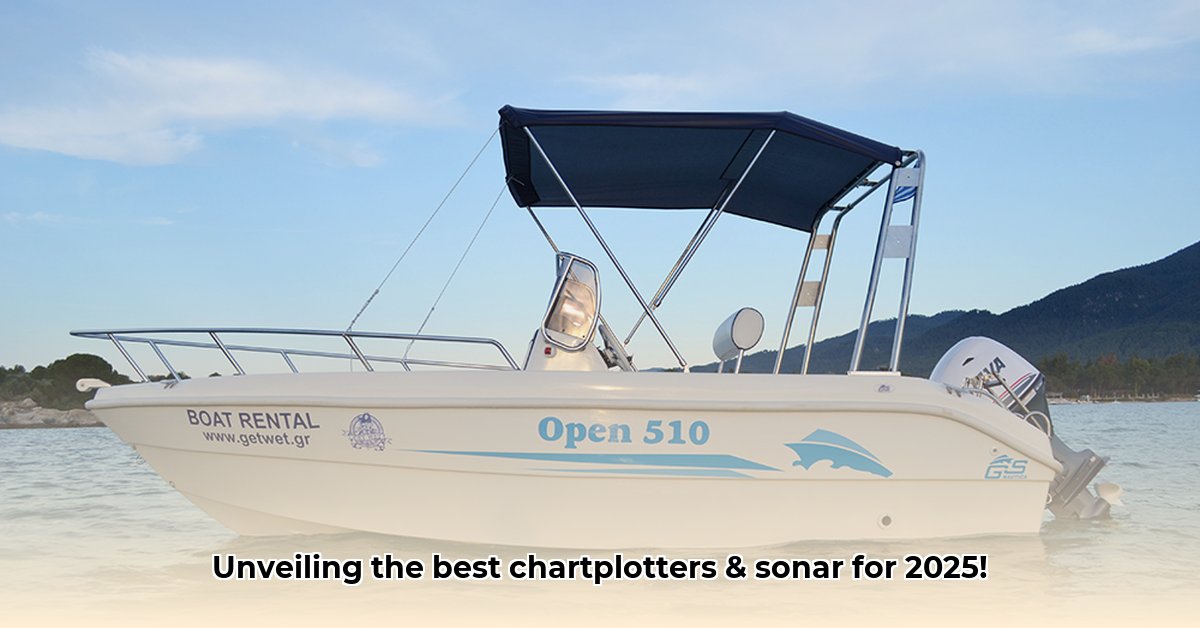
Choosing the right marine electronics can be daunting. This review simplifies the selection process by examining GS Nautica's (or its distributed brands') integrated GPS chartplotters and sonar systems, focusing on GPS accuracy, sonar capabilities, and display technology. We'll demystify technical jargon and provide actionable advice to help you choose the perfect system for your needs and budget.
Understanding the Key Features: GPS, Sonar, and Display
Modern integrated units combine GPS chartplotters and sonar systems. GS Nautica offers various models, each with unique strengths and weaknesses. Let's delve into the core features:
GPS Accuracy: How precisely does the system pinpoint your location? Factors include the number of satellite systems used (GPS, GLONASS, etc.) and any advanced correction systems. Higher accuracy translates to safer navigation, especially in challenging conditions. Isn't precise location paramount, particularly in unfamiliar waters or low visibility?
Sonar Capabilities: The sonar's effectiveness in revealing underwater details is crucial for fishing or navigation. Technologies like CHIRP (Compressed High-Intensity Radiated Pulse) and Active Imaging significantly impact image clarity and range. CHIRP provides a wider frequency range for clearer images, while Active Imaging offers exceptionally detailed images, similar to an underwater HD camera. What level of detail do you need to successfully locate fish or navigate shallows safely?
Display Technology: Screen size, resolution, and sunlight readability are paramount. Larger, higher-resolution screens enhance visibility but often command a higher price. Consider your boat's dash size and typical boating conditions when making your selection. How important is screen clarity in various lighting conditions?
Decoding the Terminology: A Simple Guide
Let's clarify some frequently encountered terms:
CHIRP (Compressed High-Intensity Radiated Pulse): Unlike traditional sonar's single-frequency ping, CHIRP uses a wide range of frequencies for clearer, more detailed underwater images, making it easier to distinguish fish from rocks or other structures.
Active Imaging: This advanced sonar technology provides exceptionally detailed images of the seabed and underwater objects, significantly improving target identification and clarity.
NMEA 2000/0183: These networking standards allow different onboard devices (chartplotter, autopilot, etc.) to communicate and share data, enhancing overall system functionality and integration.
GS Nautica Systems: A Comparative Analysis
The following table compares GS Nautica's (or its distributed brands') models. Note that specifics are subject to change; always verify with GS Nautica or your dealer for the latest information.
| Model | Screen Size | GPS Accuracy | Sonar Technology | Price Range (USD) | Pros | Cons |
|---|---|---|---|---|---|---|
| GS Nautica X10 | 7" | High | CHIRP | $500 - $800 | Compact, affordable, good for basic navigation | Limited sonar features, smaller screen |
| GS Nautica Pro 12 | 12" | Very High | Active Imaging, CHIRP | $1200 - $1800 | Excellent imaging, great for fishing and navigation | Higher price |
| GS Nautica Navigator 16 | 16" | Very High | Active Imaging, CHIRP, SideVü | $2500+ | Largest screen, premium features | Premium price, may be overkill for some users |
Choosing the Right System: A Step-by-Step Guide
Selecting the right system involves more than just comparing specs. Follow these steps:
Define your needs: Prioritize navigation, fishing, or a combination thereof. This will influence your sonar and display requirements.
Set a budget: Marine electronics vary widely in price. Establishing a budget upfront avoids future disappointments.
Consider upgradability: Choose systems with software update capabilities to extend their lifespan and functionality.
Check customer support: Reliable support is crucial for long-term peace of mind.
Test (if possible): Hands-on experience with different models helps determine user-friendliness and suitability.
This review provides a general overview. Consult the official GS Nautica website and local marine electronics dealers for detailed specifications and personalized recommendations. Remember that technology constantly evolves, so stay informed about the latest advancements.